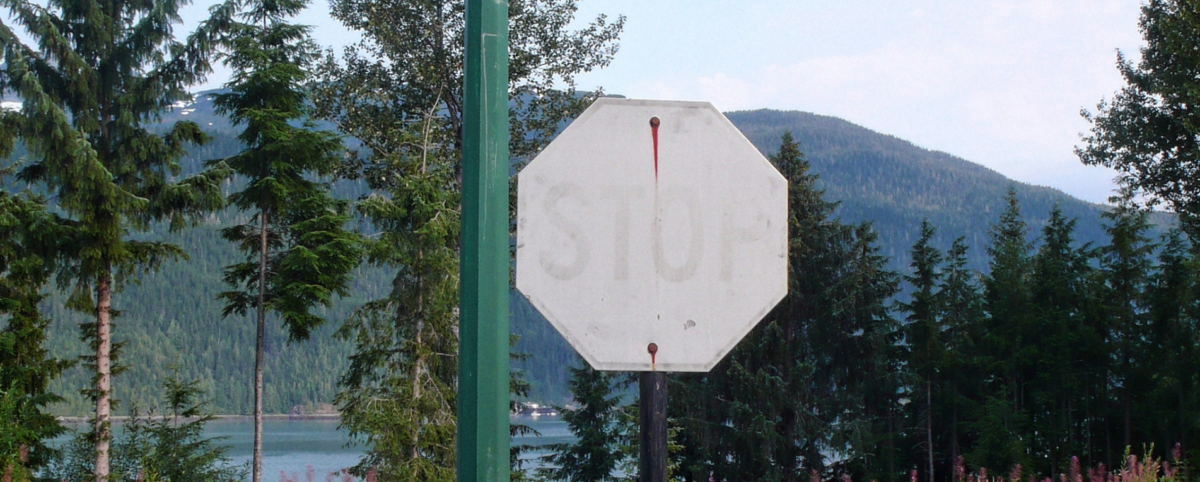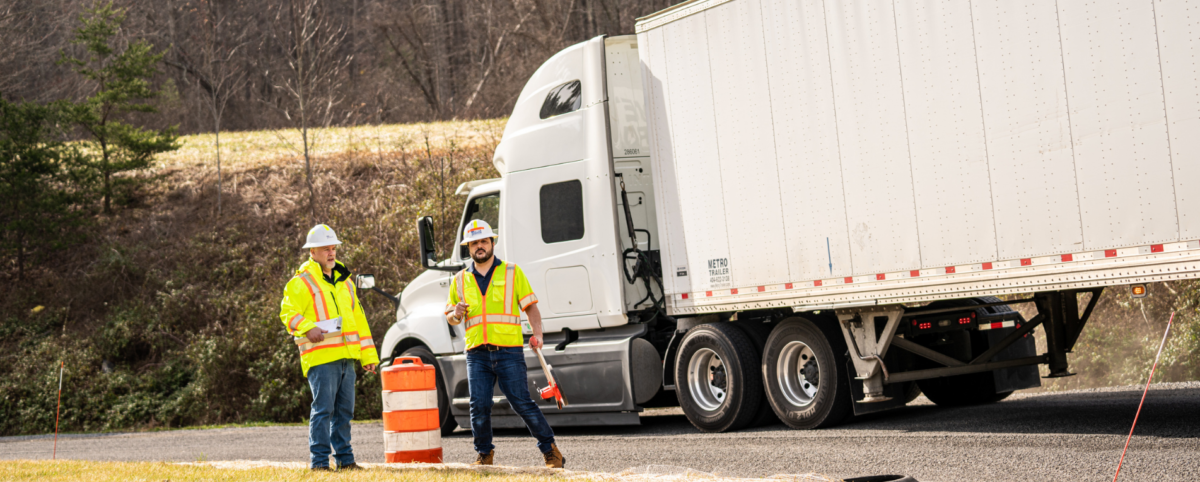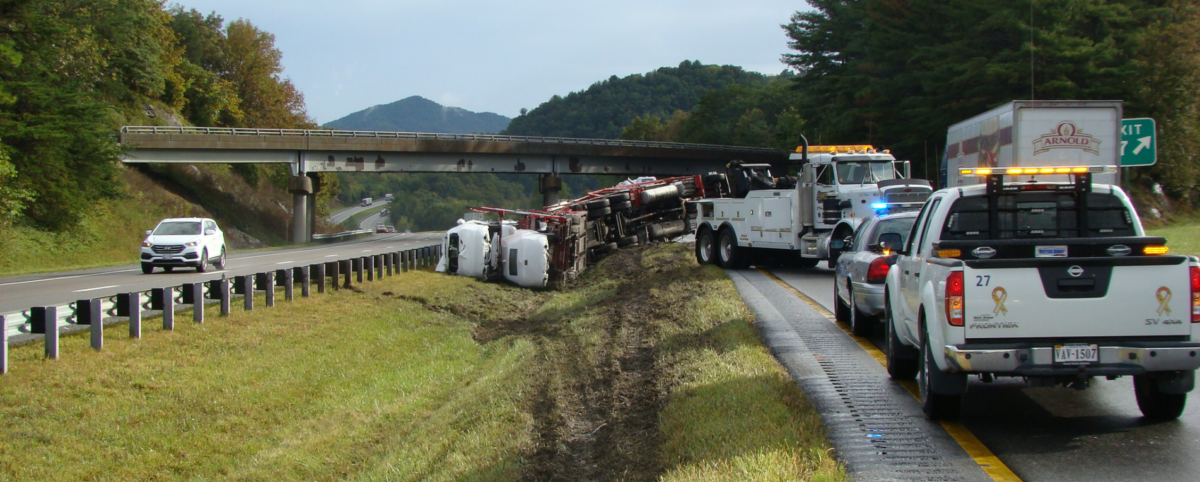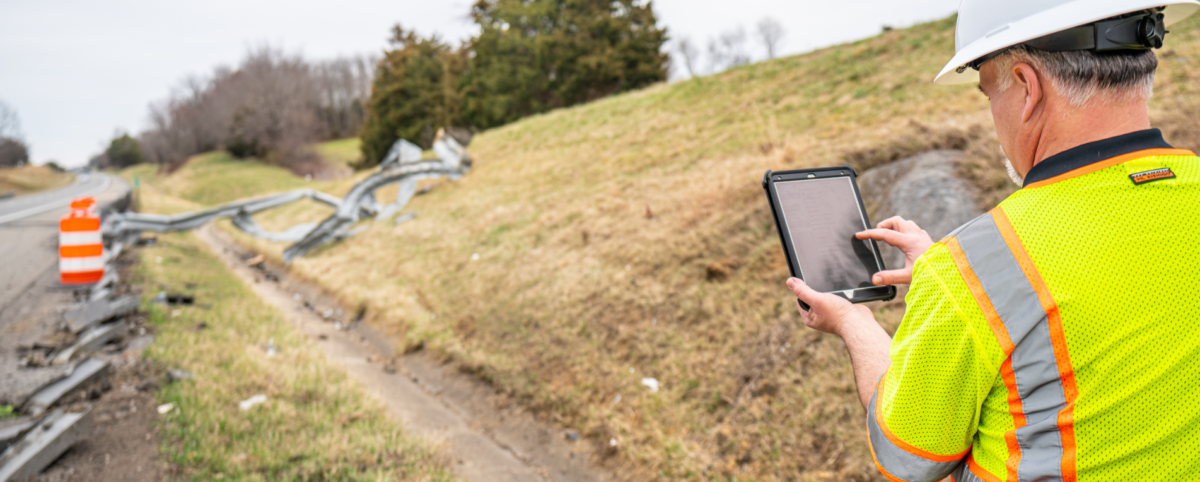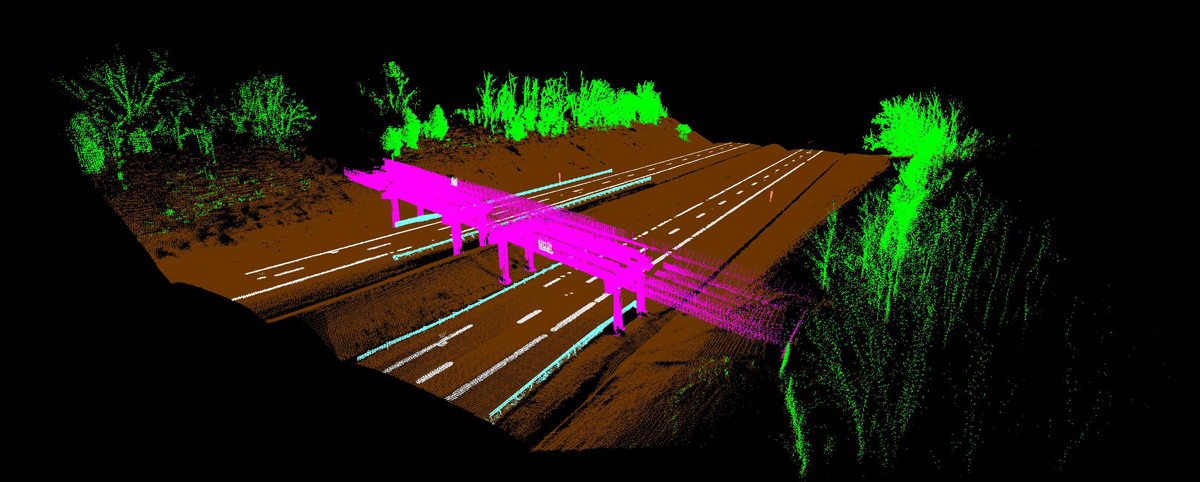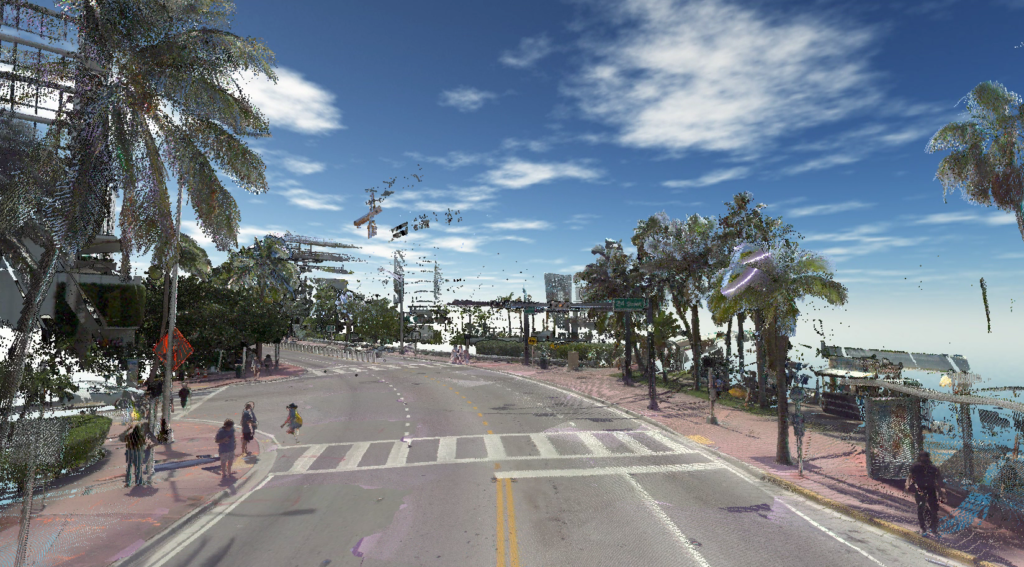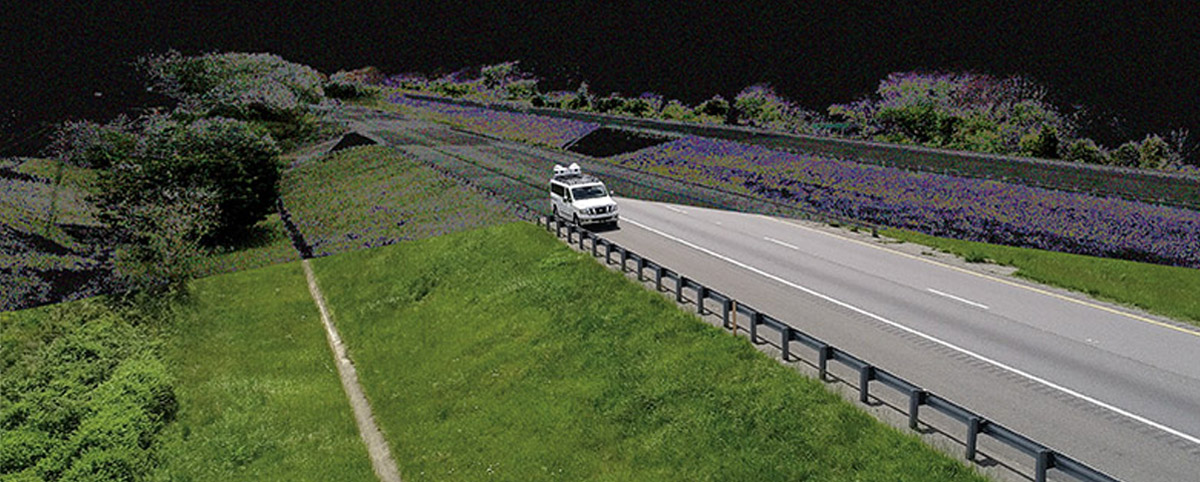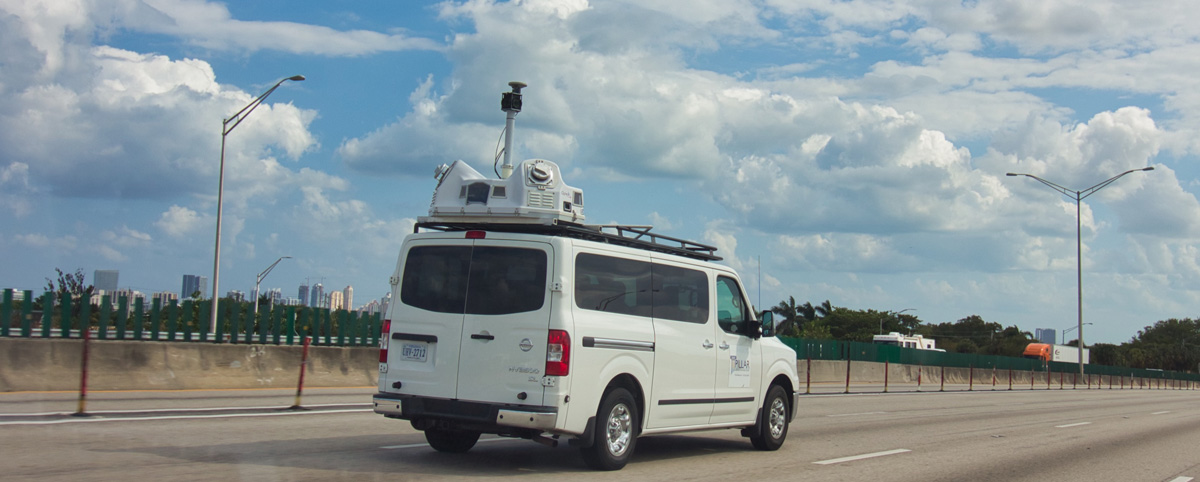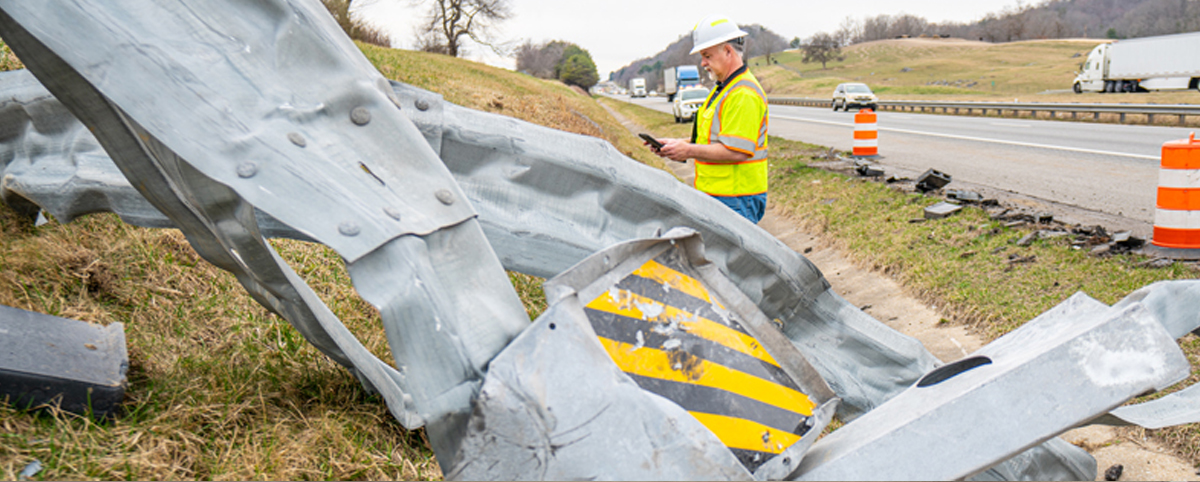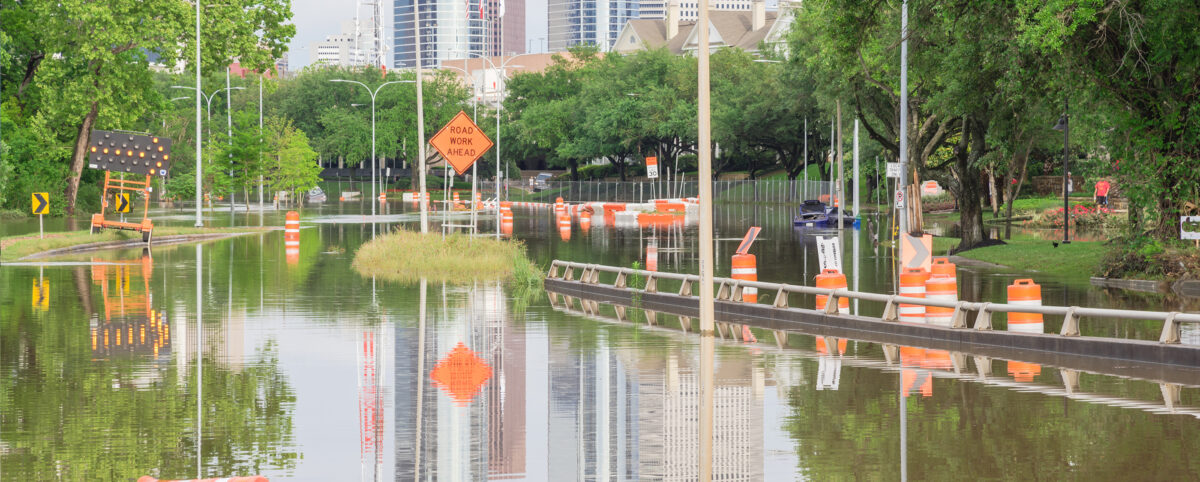The traveling public relies on roadway signs for navigation and information. But keeping track of hundreds or thousands of signs is a challenge. PILLAR’s inventory service and assessment tools will help you replace faded and missing roadway signs and stop potential problems for drivers before they start.
Signs of Trouble
Faded roadway signs. Drivers rely on a sign’s brightness and reflectivity to get information at a glance. Faded signs are frustrating and can be dangerous.
Missing signs. Signs go missing regularly for a variety of reasons, such as unreported accidents, theft and extreme weather.
Misplaced signs. It can be a challenge for DOTs and localities to map out every existing sign or even know if they’re installed in the best location.
Boost Your Signal
PILLAR has the solution. We’ve helped DOT districts of all sizes collect inventory and mark the location of their signs — including a project that has 100,000+ signage assets. We then assess the condition of those assets, create a detailed list of damaged and missing assets with cost estimates and put a replacement program in place for the DOT or municipal operations and maintenance division to follow.
No matter your staffing levels, PILLAR will help you work smarter throughout the lifespan of your roadway signage with our multi-phased approach:
Inventory
PILLAR has the expertise to use various inventory collection methods, from high-tech Mobile LiDAR scanning to traditional surveying to locate all of your roadway signs at marked speeds. We map, catalog and document your assets, putting valuable information at your fingertips.
Inspection
PILLAR’s team of specialized condition assessors then reviews your assets, offering a full range of expert evaluation, including:
- Predictive data analytics, proving an estimate of when a sign will need replaced
- Visual inspection
- Condition rating
- Life expectancy
- Risk analysis
Replacement
After inspection, the PILLAR team will create a proactive and cost-effective asset management plan for any needed roadway sign replacement that includes cost estimates and cost-saving options over the long term. Recommendations may include:
- Priority based replacement
- Preventative maintenance
- Area clustering, or replacing multiple signs in a specific area to save on labor and equipment costs
- Consider switching to smart signs that are dynamic and allow motorists to see critical information immediately
Implementation
Our team can collaborate with your employees and event track all the details of your management plan, including:
- Contacting, supporting in-house employees or hired contractors
- Scheduling
- Installation
Once your plan is executed, PILLAR continues our work with continued data management, regularly updating your signage catalog and monitor the condition of your assets. We can even deploy technology such as RFID or QR codes to monitor each sign’s condition and maintenance history.
Monitor Your Signs Better with PILLAR
Faded and missing roadway signs aren’t just unsightly, they can be dangerous for drivers. With PILLAR’s inventory service and assessment tools, your municipality will have a trusted partner and a proactive plan for roadway sign replacement. Contact PILLAR for a free consultation and see how we can help.

